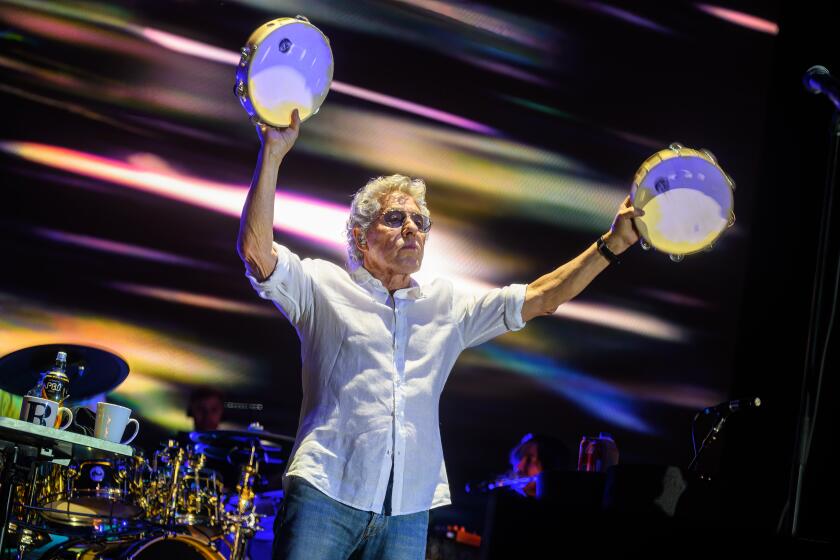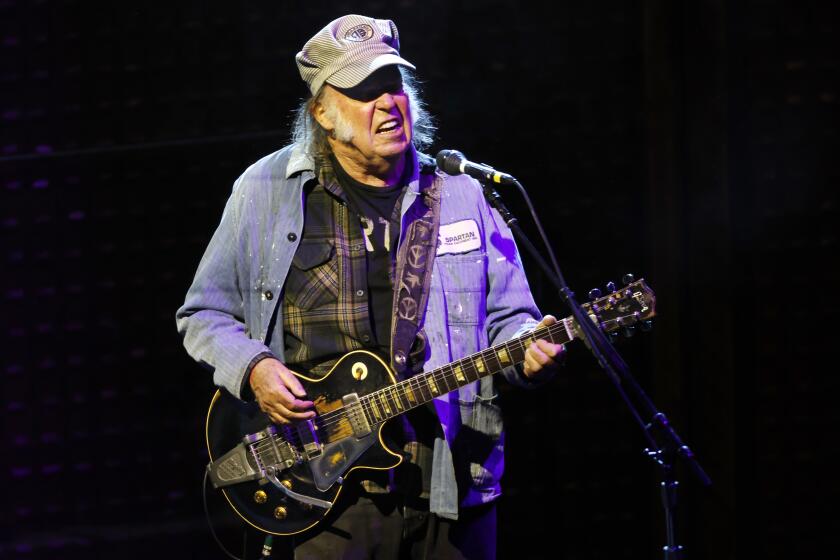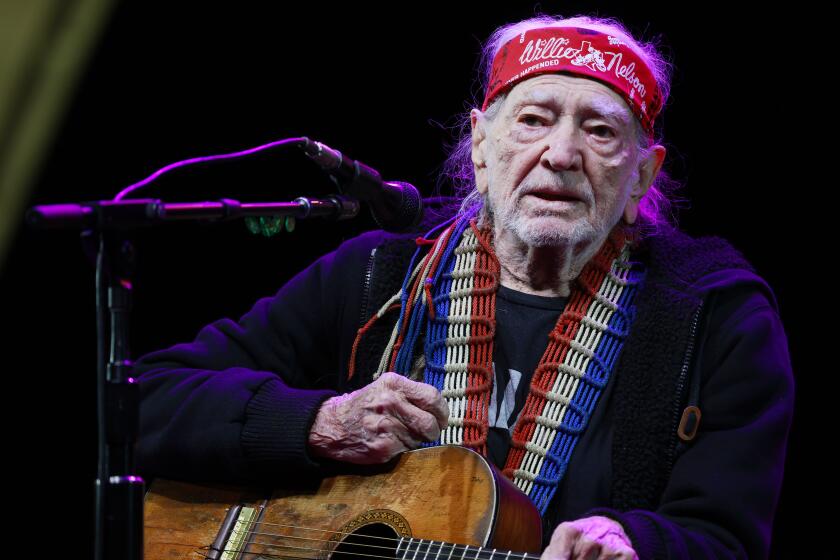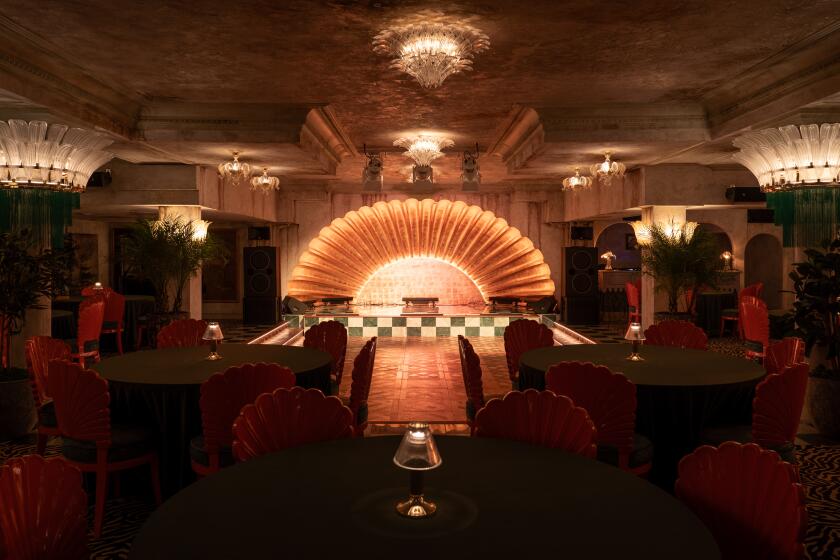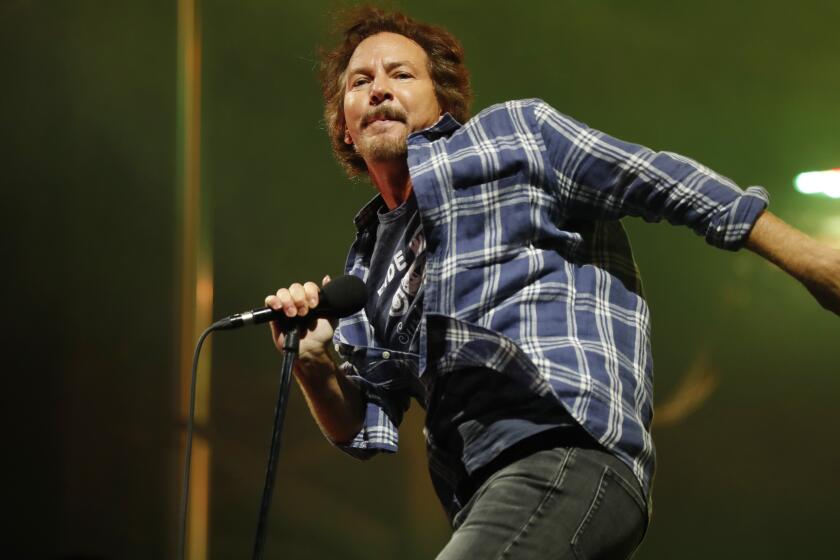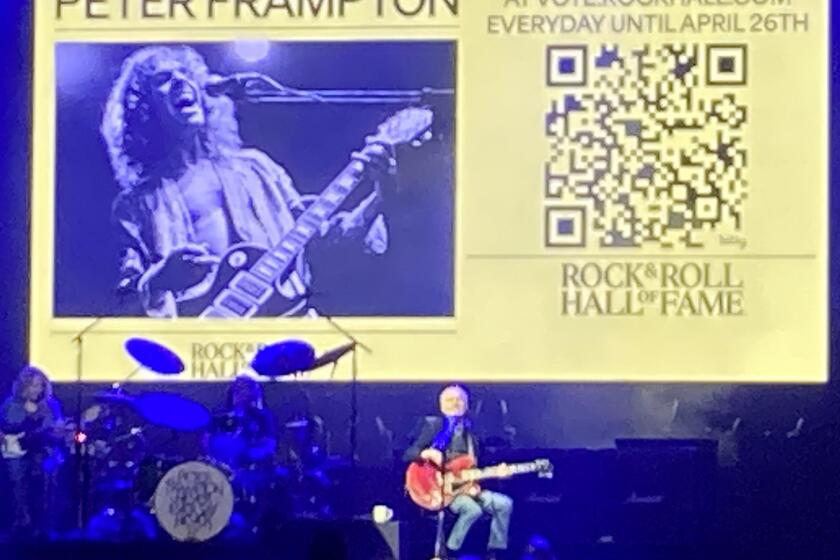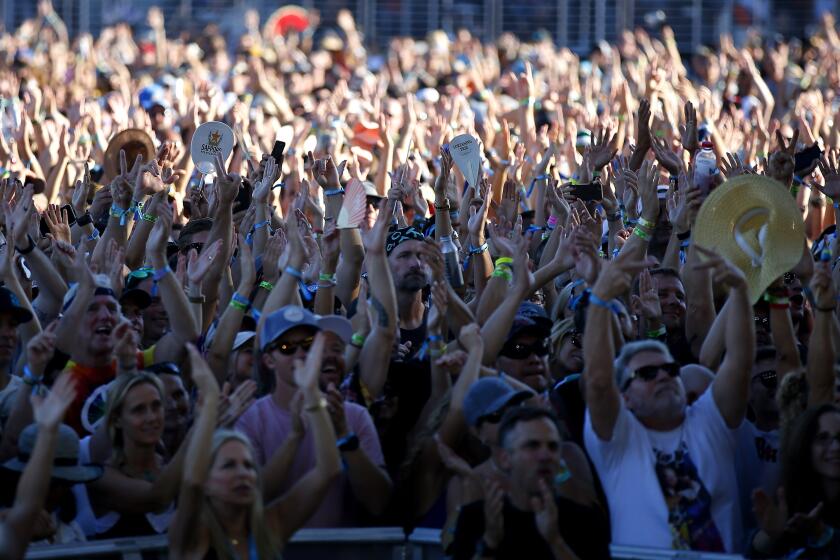Chick Corea remains perpetually active: “I don’t know what ‘retire’ means.”
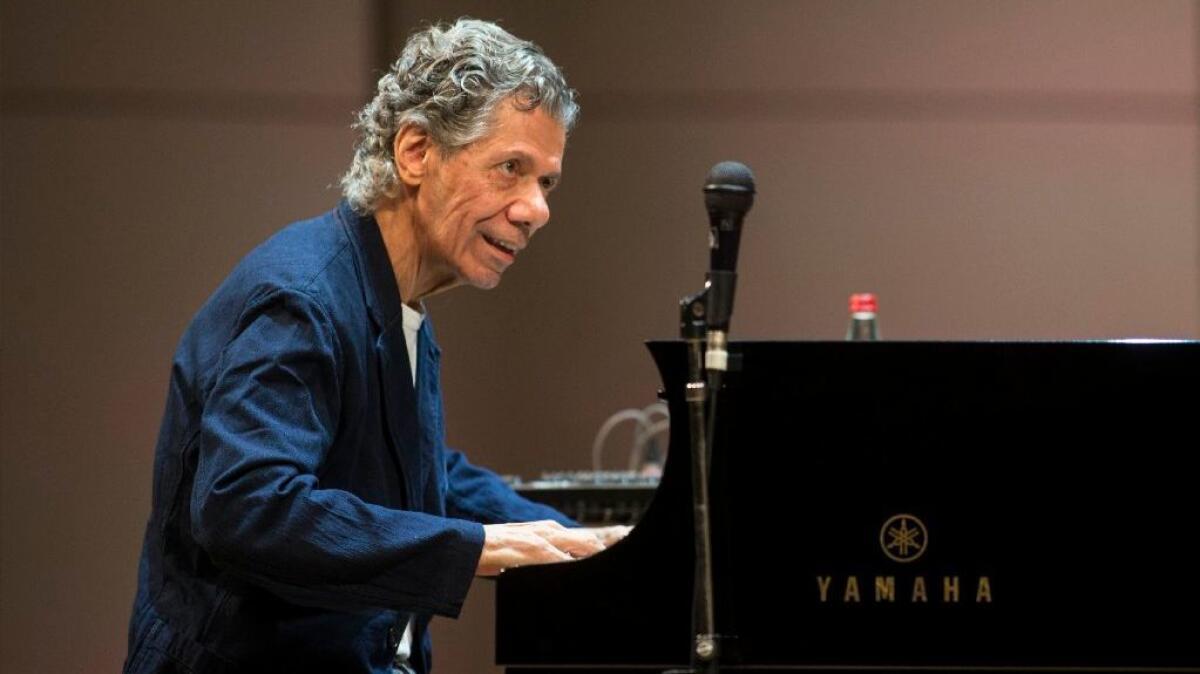
Over the course of his storied career, Chick Corea has recorded nearly a hundred albums as a band leader and many others as a co-leader and accompanist. The jazz-and-beyond legend’s musical partners have included such varied artists as Miles Davis, Foo Fighters, Chaka Khan, Spanish flamenco guitar giant Paco de Lucia, Brazilian bossa nova king Antonio Carlos Jobim, Cat Stevens, classical piano star Lang Lang, and more.
But Corea’s current national concert trek with the Jazz at Lincoln Center Orchestra represents two notable firsts for this 22-time Grammy Award winner. It’s this pioneering keyboardist’s first U.S. concert trek with a big band and his first leading the ensemble in place of JALC trumpeter and founder Wynton Marsalis.
“I’ll be fronting the band for Wynton. He’s taking some time off and doing some writing. He probably just needs a break — the guy’s a hard worker. So it should be fun. I enjoy working with the band,” said Corea, who performs in San Diego on Saturday, March 24, with the JALC Orchestra as part of the San Diego Symphony’s Jazz@The Jacobs concert series.
Fronting for Wynton? Really? How is Corea’s trumpet-playing?
“Ha, ha! That would be a hoot,” he replied, adding: “I have no intention of taking Wynton’s role. I’ll just lead the band, from the piano, in terms of choosing the set list. They’ll play a lot of my tunes that the guys in the band have arranged beautifully. I’ll say (to the audience): ‘Hello. This is the band. Here we go!’ The band doesn’t need a leader.”
Corea counts such big-band greats as Lionel Hampton and Maynard Ferguson among his past recording partners, although his lone album with Hampton, 1999’s “Live in Cannes,” was with a small group. And some of Corea’s classic compositions — including “Spain,” “La Fiesta” and “500 Miles High” — have long been staples in the repertoires of big bands around the world.
But apart from his one big band album with Ferguson and another with saxophonist Joe Henderson, even devoted jazz fans are hard-pressed to cite examples of Corea recording with a big band, let alone touring with one.
“It’s pretty unusual,” the veteran keyboardist acknowledged.
“I haven’t done a lot of work with big bands. I used to love subbing for Roland Hanna in the Thad Jones/Mel Lewis Jazz Orchestra, back in the 1960s in New York. That was a blast! I’ve enjoyed watching big bands. I love Duke Ellington’s band — it’s like a deep well in that music, a lifetime of music. And I used to listen to Count Basie’s band, growing up.”
From New York to Norway, and back
In fact, Corea did record a big band album in 2000, although it’s unlikely too many people outside of Norway have heard “Chick Corea and The Trondheim Jazz Orchestra – Live In Molde.”
“We’re about to do another recording and I’ll play three nights with them later this year in Trondheim and Stavanger,” Corea said.
“That band is a blast because of the leader, Erlend Skomsvoll, who is a composer and arranger. He didn’t just arrange my songs for a big band, he re-imagined them. He made it so they sound like his compositions with my music. It’s pretty interesting. But that and JALC are my only big-band things I’ve done in this century.”
Before launching his groundbreaking fusion band Return To Forever in 1972, Corea had distinguished himself playing with Davis, Mongo Santamaria, Herbie Mann, Sarah Vaughan, Stan Getz and other jazz luminaries.
When he celebrated his 75th birthday in late 2016 at the Blue Note jazz club in New York, Corea did so by doing an eight-week residency that saw him lead no fewer than 15 different bands. His 70th birthday celebration, which also took place over weeks at the Blue Note with an array of different bands, resulted in last year’s CD box set, “Chick Corea: The Musician.”
Yet, no matter the stylistic setting, his creative impulse for making music over the decades has remained constant.
“That’s something that never changes — and you could more use the word ‘eras’ more than ‘decades’ — but that creative impulse never changes,” Corea noted.
“Everything else changes: record companies, technology, communication systems. So much change occurs, in styles and everything else. But that basic impulse to create never does. And that’s the spirit of creation that everyone has.
“That’s what I think of when you say ‘impulse,’ because the impulse is to create — then you sit down and figure it out. There’s another level of creation, where you have to figure out how to get your creation communicated within the current culture, and that’s a constantly changing thing.”

Saying more with less in a big band
Corea’s prior performances with the JALC Orchestra took place in 2010, 2011 and 2013 in New York. He is delighted to again be performing new arrangements of his music with this first-class big band. The repertoire for this tour draws from nearly two dozen of his compositions, including “Tones for Joan’s Bones,” “Windows,” “Crystal Silence,” “Armando’s Rhumba,” “Wigwam” and two pieces from his 1984 album, “Children’s Songs,” that have been re-arranged and expanded by JALC leader Marsalis.
But Corea also realizes that — as the pianist in a 16-piece ensemble — he can say more with less. Much less.
“I have the essential rhythm section up there with me and we play in the groove. There are some physical differences, because of the way the band is set up, so the rhythm section may not be in the same spot on stage that I’m used to with my trio. But, musically, everything is the same,” Corea noted.
“As far as pianists playing in a big band, my two role models are Duke Ellington and Count Basie. The way they used their piano was just beautiful. I mean, Basie didn’t play a lot, except when he had a solo. He understood the fact that a piano cannot be heard when the whole brass section is playing.
“So you don’t play at those times. Why play? Why pound away when the whole band is playing? Basie would hang back. And, when a space opened up and he felt he could add something, he would. Duke was brilliant that way, too.”
Corea’s music, even for small groups, is rich with melodic and harmonic detail. The rhythmic ingenuity of his music is especially appealing.
His use of arresting time signatures and cross-rhythms can be traced in part to the fact Corea took up the drums at the age of eight, four years after he began playing piano. His highly percussive touch, whether on a grand piano or a high-tech digital keyboard synthesizer, has long been one of his trademarks.
And, like few other jazz artists, Corea’s playing on the Fender Rhodes electric piano is so distinctive and quintessential that his name is synonymous with the instrument. He began playing it in the late 1960s, after replacing Herbie Hancock as the pianist in the fabled Miles Davis Quintet. But Corea did not embrace the Rhodes, at least not at first.
Miles beyond
“The first time I played electric piano was on Miles’ 1968 album, ‘Filles de Kilimanjaro’,” Corea recalled in a 1987 Union-Tribune interview. “I still played acoustic piano at concerts we did after that album (came out) until a concert we did at the Jazz Workshop in Boston. I walked on stage, and there was a Fender Rhodes. I thought Miles wanted me to play it just on the two pieces we used it for on the record, but he had me play it all night. I felt really crushed. `What is he trying to do to me?’
“I actually battled with the instrument every night. It went out of tune very easily. It took me a while to realize that, while it looked just like a piano, it was a completely different instrument. When I realized that, I rolled up my sleeves and tackled the task at hand very positively.”
Intriguingly, in a recent Union-Tribune interview, Hancock recounted a very similar experience.
“It was almost exactly the same thing for me,” Hancock said. “I walked in the studio one day and I didn’t see an acoustic piano. I asked Miles: ‘What do you want me to play?’ He pointed to the corner of the room, and said: Play that.’ I’d heard of the Fender Rhodes, but never heard one. And all the musicians I knew said: ‘Oh, they’re cheap toys and are not cool.’
“But then I played a chord on it — and it sounded pretty! I said: ‘Oh, that’s a nice sound and it doesn’t threaten the acoustic piano.’ So, right away, I changed my attitude. And I learned not to come to some conclusion based off somebody else’s experience. You find out for yourself.”
Corea, who has done multiple recordings and tours with Hancock, laughed when told of his fellow keyboardist’s first Fender Rhodes encounter.
“That’s interesting. Me and Herbie have never talked about that,” Corea said. “But that’s just the way Miles was. He wasn’t about to ask his piano players for permission to have them play another instrument. So, boom, there it was! All of the synergies going on in Miles’ bands during that period were really exciting to me.”
Much like Davis, Corea’s many bands over the years have nurtured the talents of young musicians who went on to become stars in their own right. Some of those players have continued to collaborate him. His audiences, meanwhile, now span multiple generations.
“It seems to be that way, yeah,” Corea agreed. “There are high school-aged musicians and younger at my concerts. Parents bring their 5- or 8-year-old kids, who play keyboards, to see the show.
“It really is nice to see all ages and they all understand music from their own viewpoints. The younger ones may never have heard of Duke or Miles. The older ones don’t know who (hip-hop producer) Swizz Beatz is or some of the pop and hip-hop guys. But they are all there for the music.”
So is Corea, who on Jan. 19 released his latest album, “Chinese Butterfly.” It’s a collaboration with drum legend Steve Gadd, who was the first drummer in Return To Forever in the early 1970s. Gadd subsequently performed on a number of Corea’s albums including 1976’s “The Leprechaun,” 1981’s “Three Quartets” and 2006’s “Super Trio.”
On April 5, he’ll kick off a three-day series of “Corea Plays Monk” concerts at Jazz at Lincoln Center’s Rose Theater in New York. Joining him for these performances — part of a series of Thelonious Monk tributes — will be Wynton Marsalis and the JALC Orchestra.
After a solo tour of Europe in April and May, Corea will return to Europe in July for a reunion tour with the Chick Corea Akoustic Band, which he formed in the mid-1980s with bassist John Patitucci and drummer Dave Weckl. A new recording and concert film will follow.
From Aug. 31 to Sept. 3, Corea will be the artist-in-residence at the Detroit Jazz Festival, where he’ll perform with the Akoustic Band, his five-man Elektric Band, a sextet featuring members of his Origin band and the Detroit Symphony Orchestra. In the fall, he’ll write a new version of George Gershwin’s “Rhapsody in Blue,” a piece he first performed last fall at Carnegie Hall with Lang Lang and the Philadelphia Orchestra.
“I work hard and I love it. It’s what life is all about,” Corea said. “I can’t wait to get to the next new thing. The concept of retirement is pretty sad in itself. Because life is about living. Retire? Does that mean to take a long vacation? I don’t know what it means.”
The San Diego Symphony presents the Jazz at Lincoln Center Orchestra with Chick Corea
When: 8 p.m. Saturday, March 24
Where: Jacobs Music Center’s Copley Symphony Hall, 750 B St., downtown
Tickets: $30-$75
Phone: (619) 235-0804
Online: sandiegosymphony.org
george.varga@sduniontribune.com
Twitter @georgevarga
Get U-T Arts & Culture on Thursdays
A San Diego insider’s look at what talented artists are bringing to the stage, screen, galleries and more.
You may occasionally receive promotional content from the San Diego Union-Tribune.


